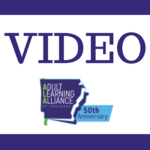
Home › ESL


A graphic organizer, also known as a knowledge map, concept map, story map, cognitive organizer, advance organizer, or concept diagram
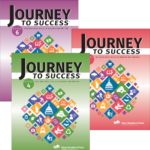
Journey To Success is a curriculum used to teach reading and writing skills to adults, including those learning English for
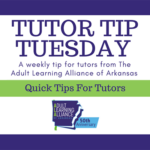






Thanks for visiting the website of Adult Learning Alliance of Arkansas.

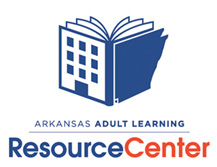
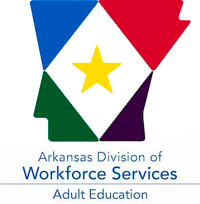

Thank you for visiting the website of Adult Learning Alliance of Arkansas.
Larry is a student of the Clark County Literacy Council in Arkadelphia. He and his tutor meet twice a week to work on his reading and writing skills.
Each student of the council establishes goals to work towards. Larry’s goals include employment and receiving a driver’s license. Recently, due to his hard work and dedication, Larry took the driving test. Not only did he pass, the instructor gave him a compliment for only missing a few questions.
Copyright 2024 Adult Learning Alliance of Arkansas |All Rights Reserved | Web Development and Marketing by Web International